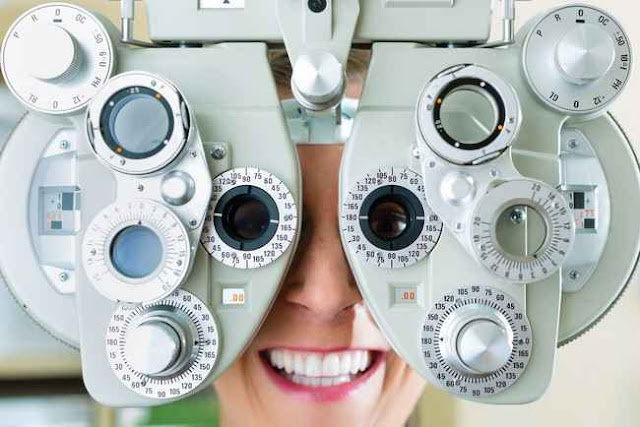How to Reduce Eye Minus with Surgery
There is a lot of information circulating in the community about how to reduce eye minus. However, not all methods that are trusted by the public have proven to be scientifically effective. So what are proven safe and effective ways to deal with the eye minus or nearsightedness? Let's look at the answer in the following article.
Minus eyes or nearsightedness are visual disturbances that allow sufferers to see objects that are close clearly, but distant objects look blurry.
The minus eye, also called myopia, occurs because the size of the eyeball is too long or the cornea is too curved, so the light from an object that enters the eye is not well focused on the retina. As a result, remote vision becomes blurry.
Not yet known with certainty what causes changes in eye structure that causes the minus eye. However, there are several factors that can increase a person's risk of having minus eyes, namely:
- Genetic factors or having parents or siblings who have minus eyes.
- The habit of reading or viewing the gadget screen is too long.
- Rarely do activities outside the home.
- Born prematurely, causing an eye disorder called retinopathy of prematurity (ROP).
Myths and Facts of Minus Eye Handling
Many people believe that certain foods can improve vision or treat farsightedness. Beets, aloe vera, and carrots are examples of foods that are believed to have these benefits. Although these foods contain nutrients that are beneficial for eye health, in fact there is no research that can prove that eating certain foods can improve minus eyes. Not only food, another way that is also believed to be effective in reducing minus the eye is removing glasses. Many people believe that wearing glasses actually makes myopic far worse. When in fact, it is just a myth. People with nearsightedness actually need to use tools, one of which is glasses, to improve their eyesight. Drying the eyes in the morning, eye exercises, and sticking betel leaves are also considered capable of correcting minus eyes. As with the two methods previously described, these methods are also not scientifically proven and the benefits of eye treatment are unknown.How to Reduce the Recommended Eye Minus
There are several ways that can be used to reduce the minus eye. But before that, you need to get yourself checked by an ophthalmologist so that the doctor can do an eye examination and determine how much minus the eye weight you are suffering. After that, the doctor can suggest appropriate minus eye treatment steps. Generally, there are two ways you can deal with minus eyes, namely:Use glasses and contact lenses
The use of glasses is the safest method to improve vision in people with nearsightedness. The special lens in minus glasses works by directing the focus of the light right on the retina, so that vision will be clearer. Besides glasses, nearsightedness can also be fixed with contact lenses that work the same way with glasses. It's just that, because of the way to wear it attached directly to the eye, the use of contact lenses must be done with care and always ensure cleanliness. If not used and treated properly, contact lens users are at high risk of having an eye infection which can actually worsen the condition or even cause more severe visual impairment. Besides being able to improve vision, both glasses and contact lenses for the minus eye also function to prevent the heavier minus eyes from being suffered.Operation
When contact lenses or eyeglasses are not enough to help or if the minus in the eye is very high, surgery can be an option to reduce eye minus. This procedure aims to reshape the arch in the cornea of the problematic eye. Even so, it did not rule out the use of glasses or contact lenses still needed even after surgery. One of the most common types of surgery to reduce eye minus is LASIK (laser-assisted in situ keratomileusis). In this procedure, the doctor will first make a small incision in the patient's cornea. Then the thin layer in the middle of the cornea will be removed using a laser, so that the cornea will return to normal and vision will improve. Although LASIK surgery is generally minimal side effects, but the possibility of complications remain. Some complications that can occur include:- Dry eye.
- Blurred or foggy vision.
- Corneal injury.
- Eye infection.
- Circles appear or easily glare when looking at light.
- The view is disturbed at night.
- Loss of vision or blindness. However, this complication is very rare.



Comments
Post a Comment